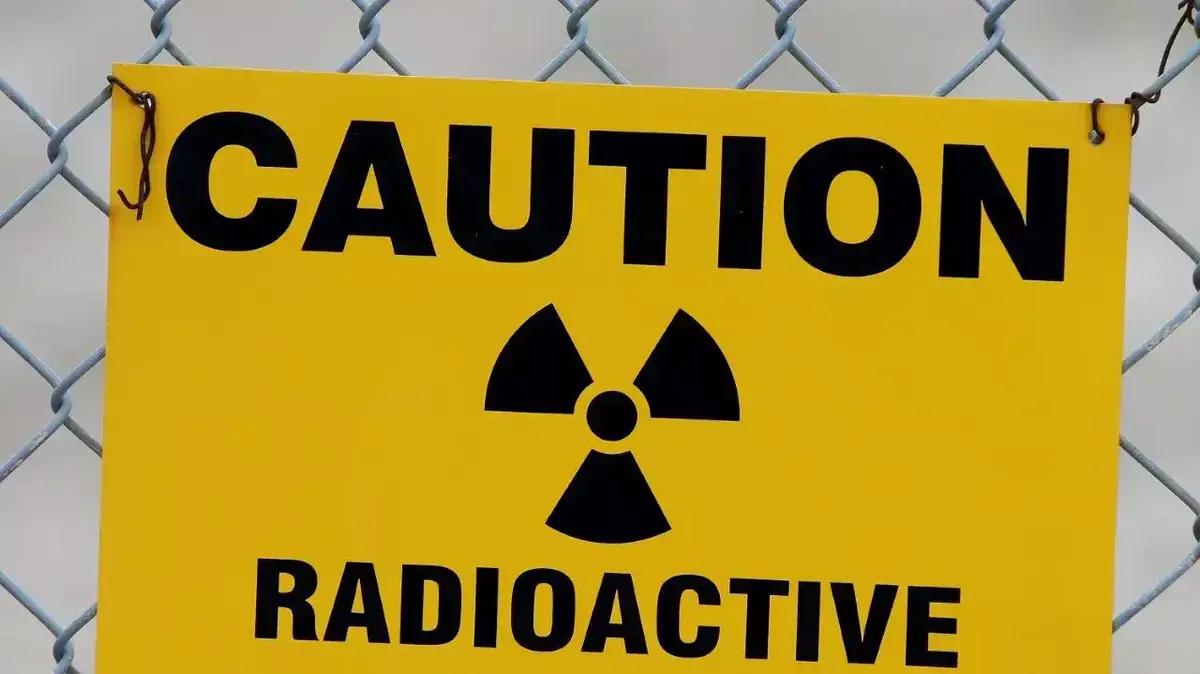A sign warning of radioactive material in Utah, USA/AP
In May 1945, Californian house painter Albert Stevens was diagnosed (in what later turned out to be a misdiagnosis) with stomach cancer and told he had six months to live.
It may sound like the hardest thing a person can go through, but he had much harder days ahead of him.
As written on the IFL website in the Manhattan Project, the American research and development for the construction of the nuclear bomb that began a year before the discovery, scientists wanted to know what effect plutonium has on the human body, and recommended "starting as soon as possible a program to monitor the course of plutonium in the body."
Unfortunately for Stevens, people in the project knew about his case and his (unreal) terminal cancer while they were looking for patients for their first human trials.
Stevens, called patient CAL-1, received the highest dose of radiation of anyone in the experiments (18 people aged four to 69), a mixture of plutonium-239 (0.75 micrograms) and plutonium-238 (0.2 micrograms).
Plutonium-238 was chosen because its higher activity made it easier to track and analyze.
On the day of Steven's injection, five rats were also injected with the same plutonium cocktail.
Albert Stevens/screenshot, reddit
After a year, his doctors suspected that Stevens actually had a benign stomach ulcer, meaning they gave a healthy person the highest cumulative dose of radiation any human has ever received.
In fact, Stevens was not informed of what was done to him and did not give his consent according to the evidence.
In addition to the lack of ethics in not revealing anything to him, the lack of information given to Stevens caused practical problems for the doctors, when he wanted to travel for a long time from the area where he lived, for example.
In order to continue to monitor the radiation levels in his body, the doctors decided to pay him $50 a month to stay in the area and continue to provide them with stool and urine samples.
According to the case report, eight members of the group died within two years of the experiment, their causes of death all attributed to pre-existing medical conditions that had put them on the list as subjects in the first place.
Amazingly, despite receiving 446 times the average lifetime exposure to plutonium, Stevens survived another 21 years, dying of heart disease at the age of 79. Dr. Joseph Hamilton, who conducted the experiment on Stevens, died at the age of 49, of leukemia, apparently caused by radiation exposure during his life
More on the same topic:
Radioactivity
analysis
trial

